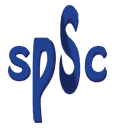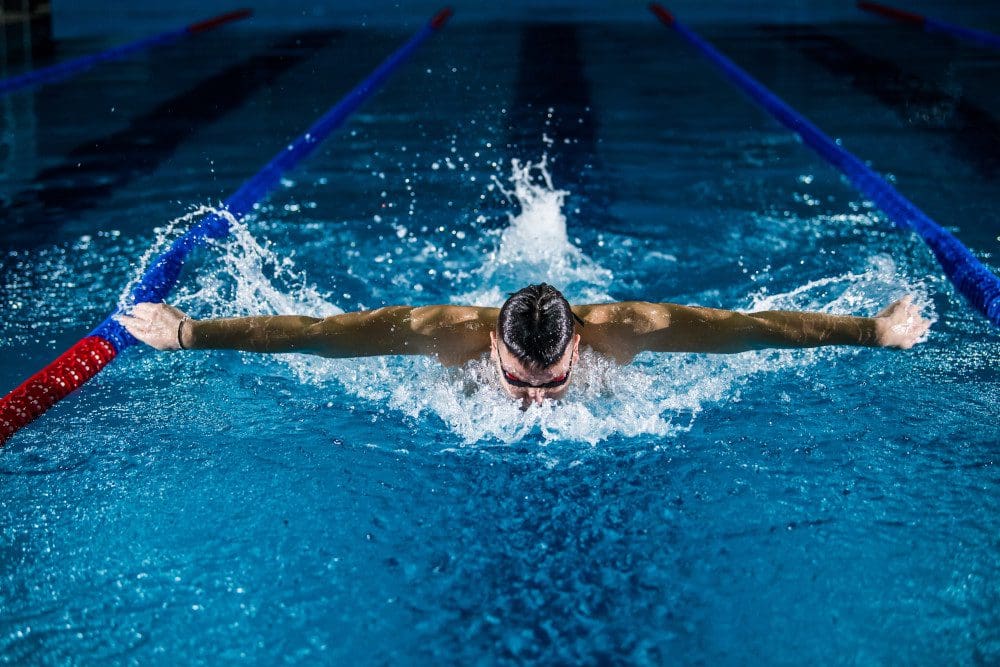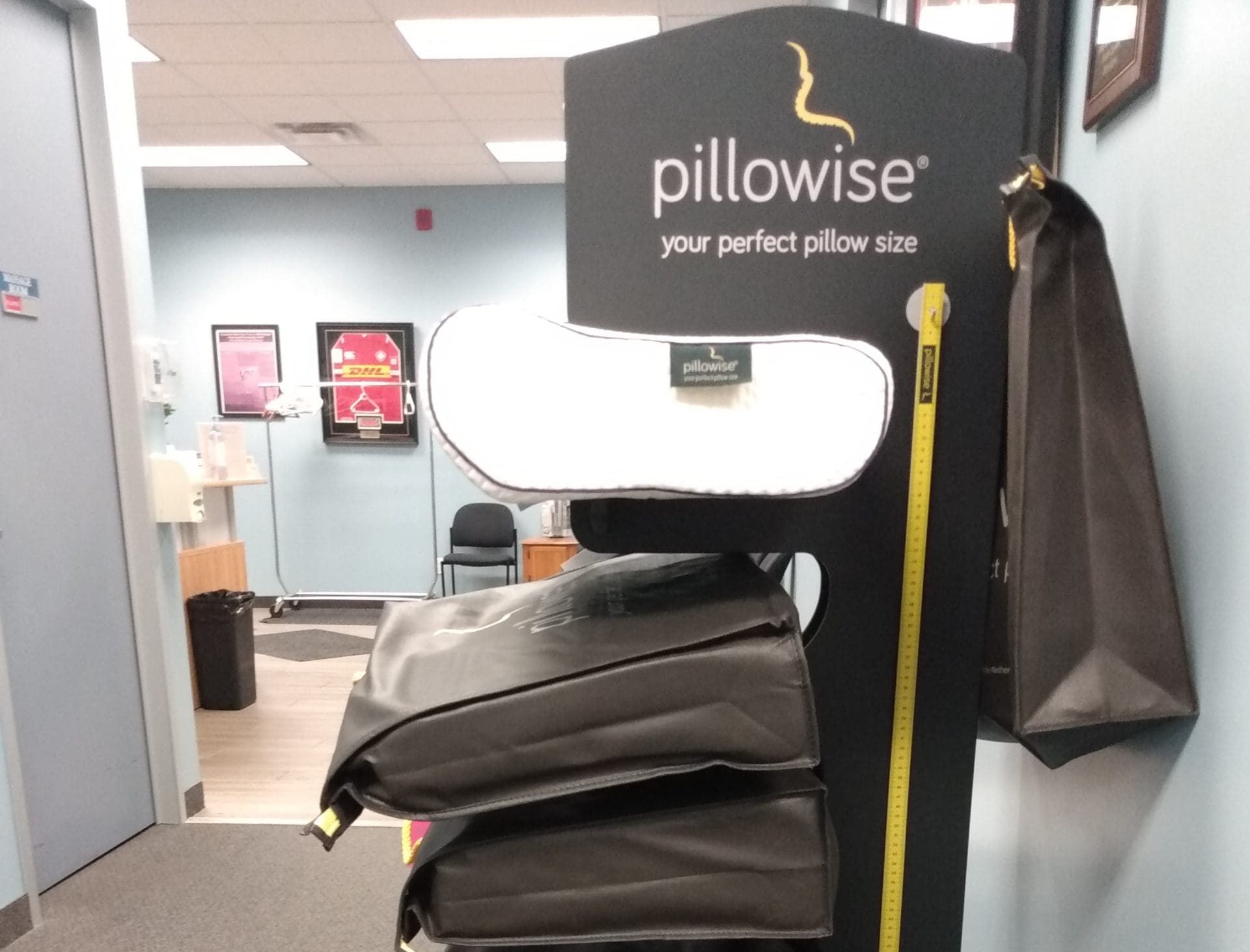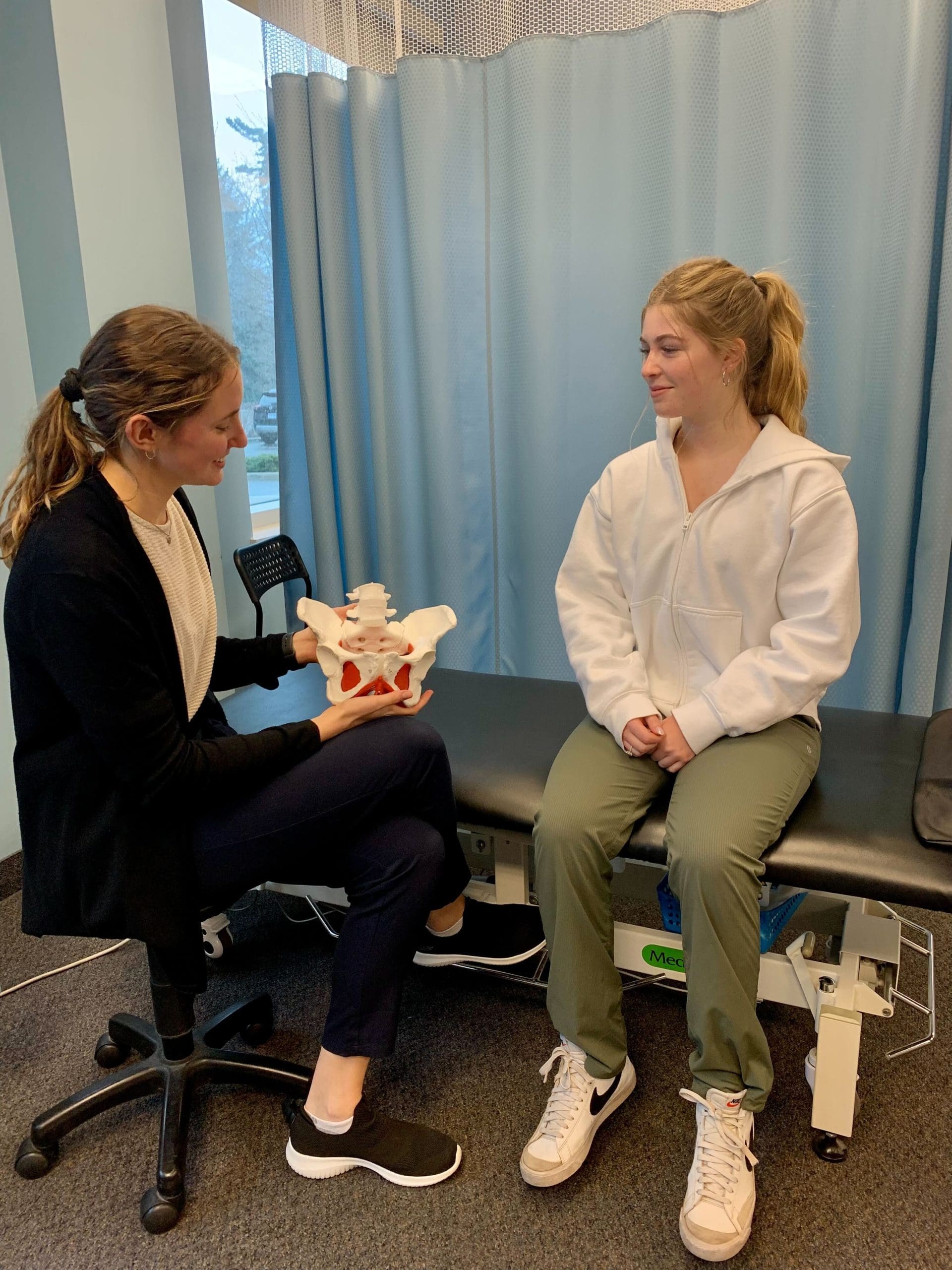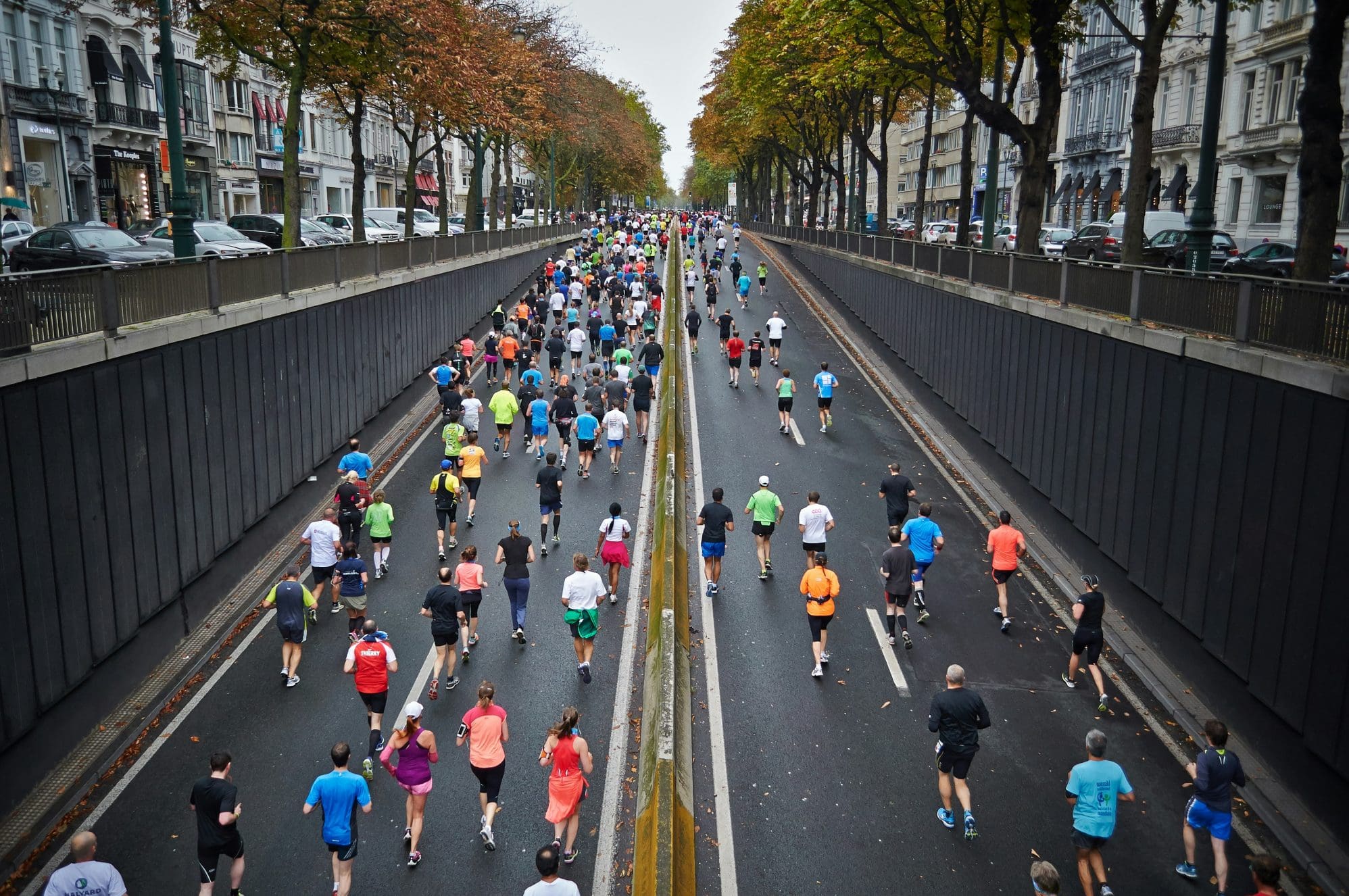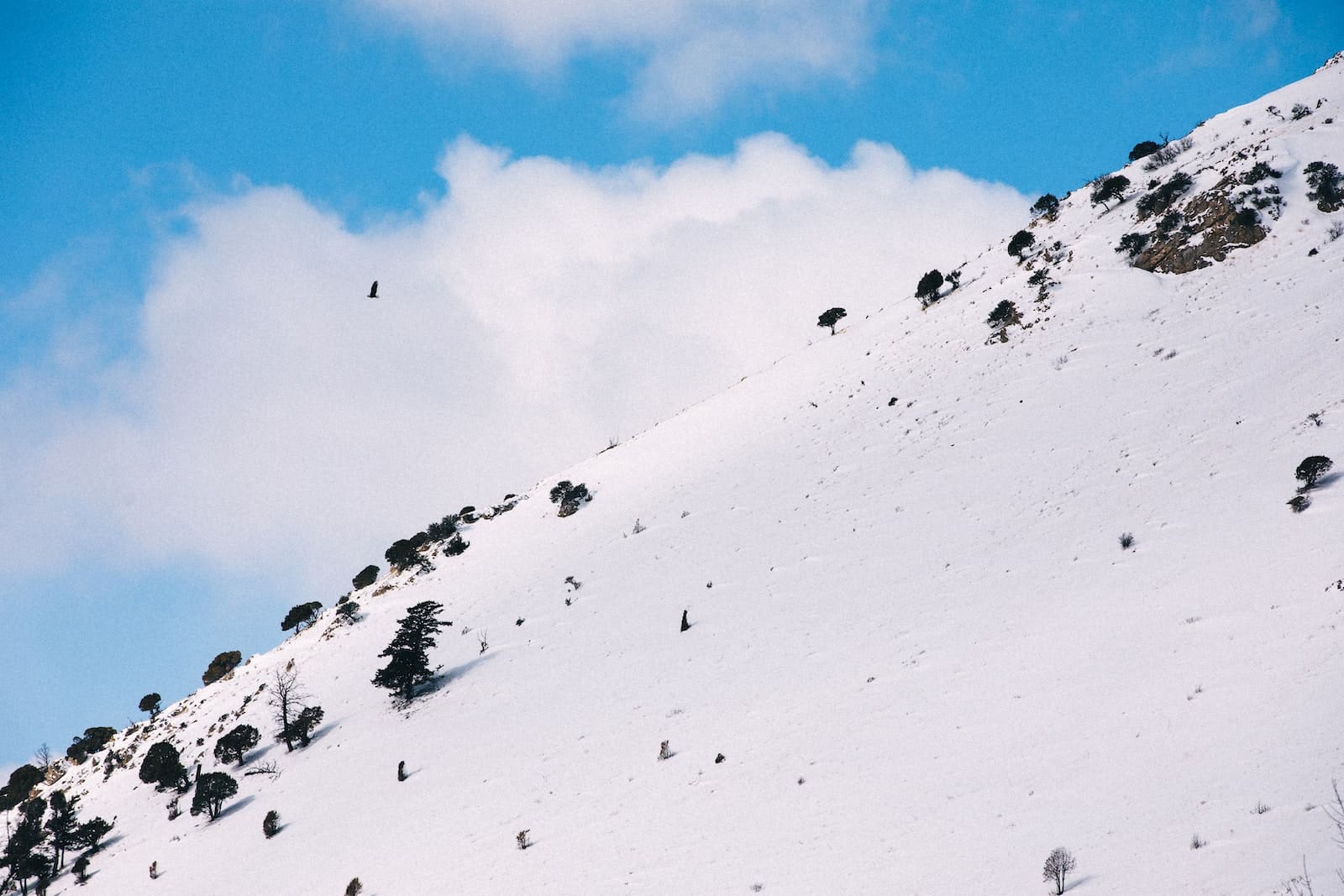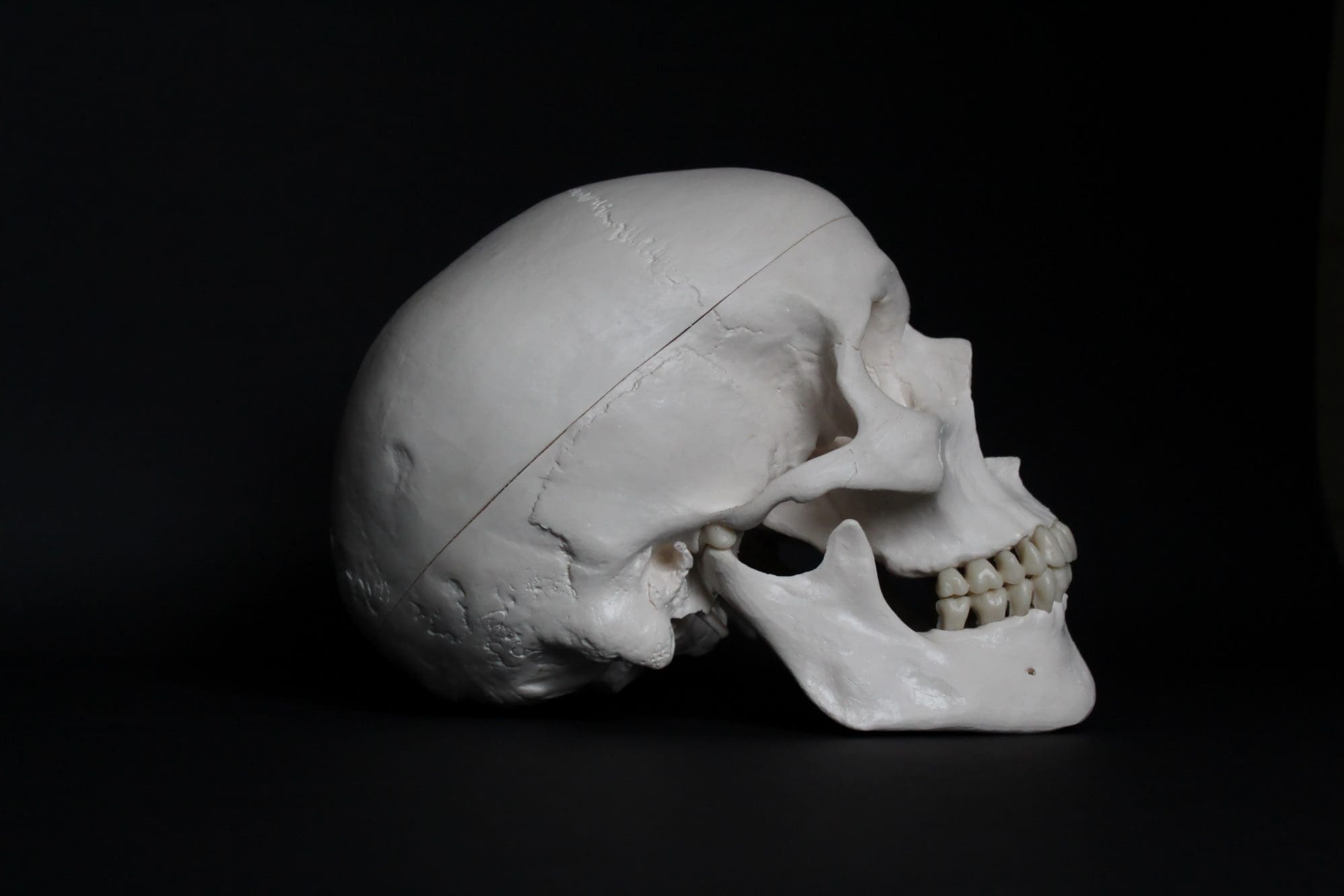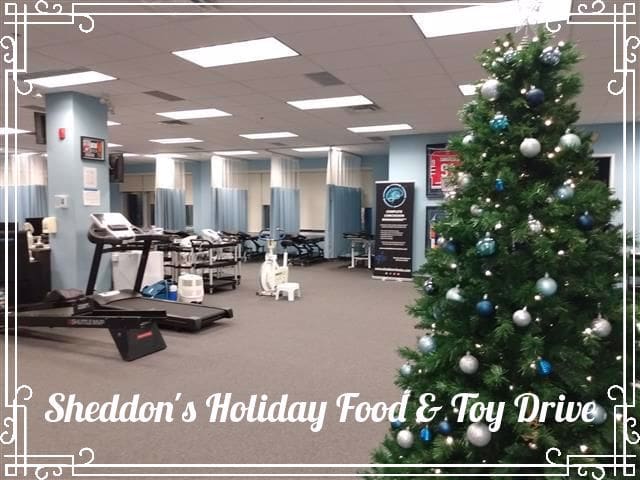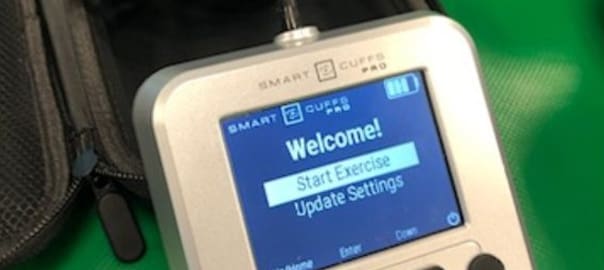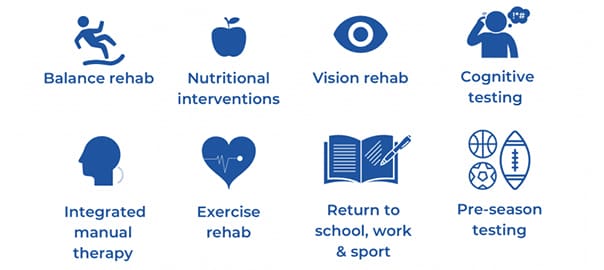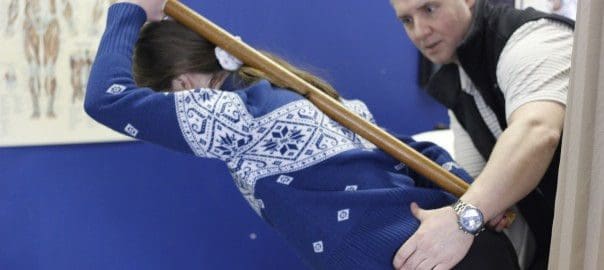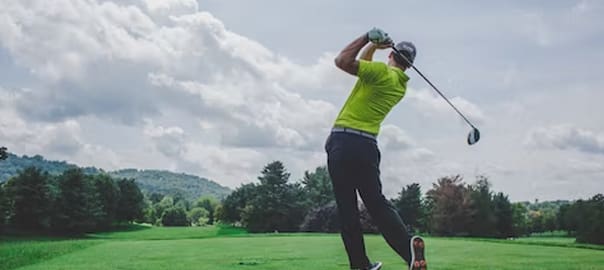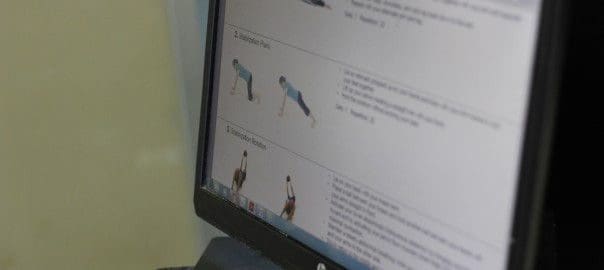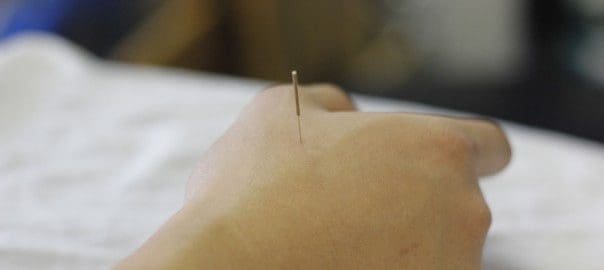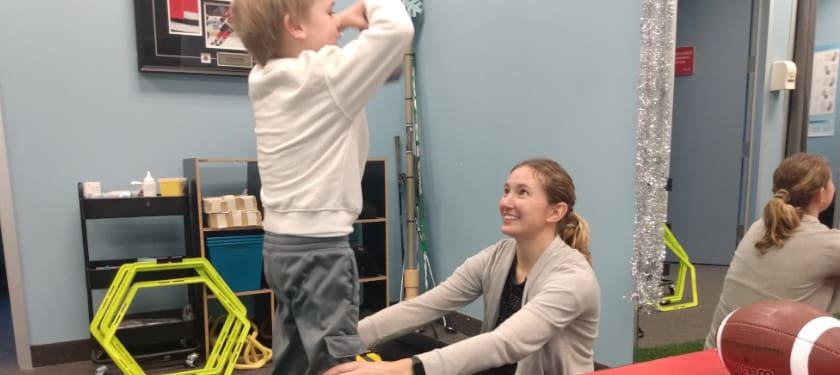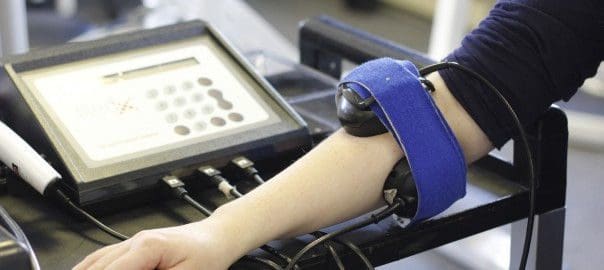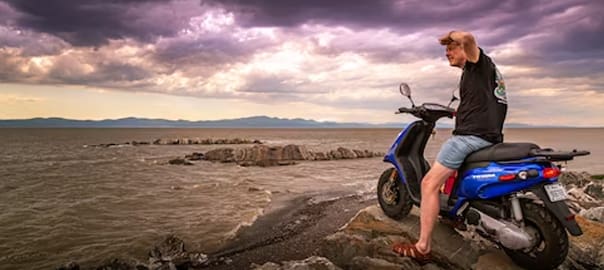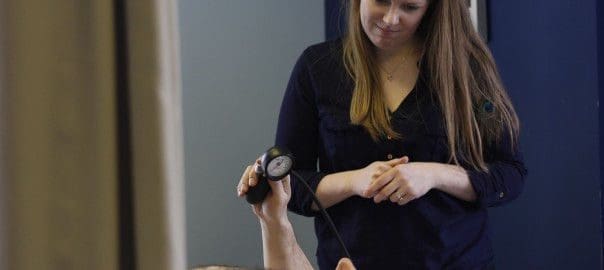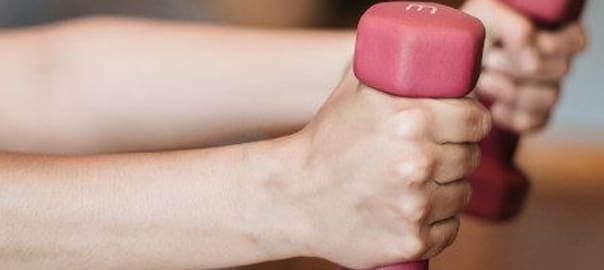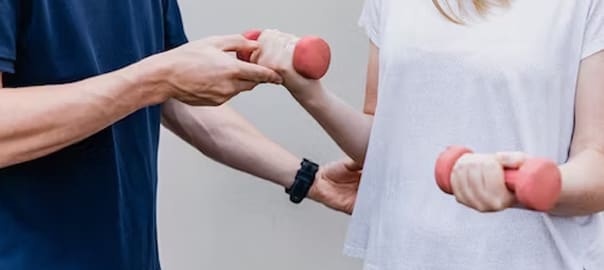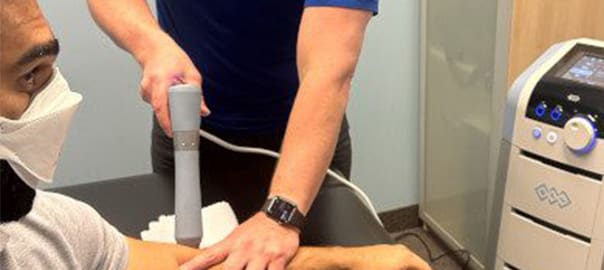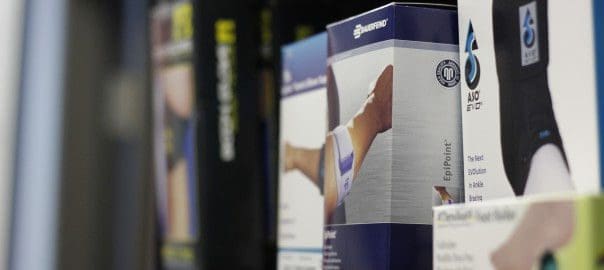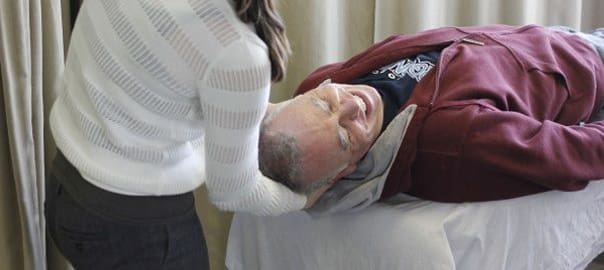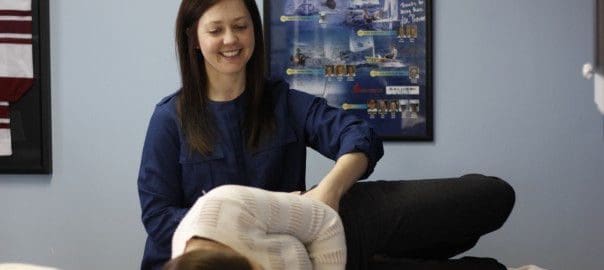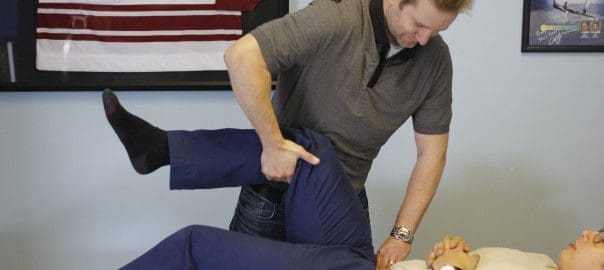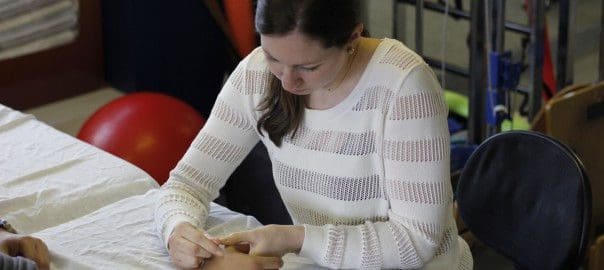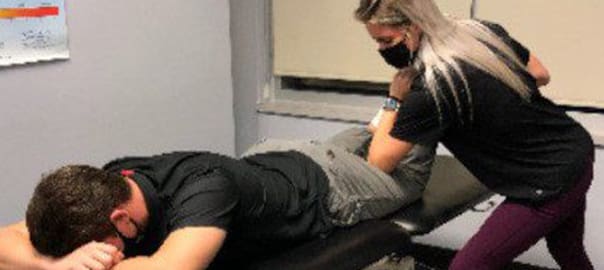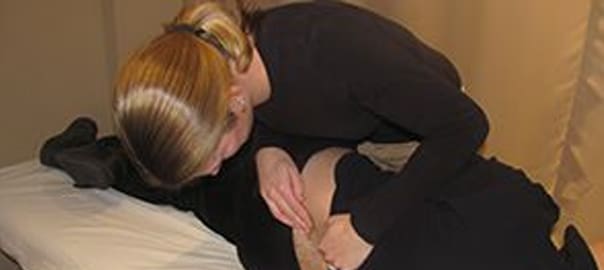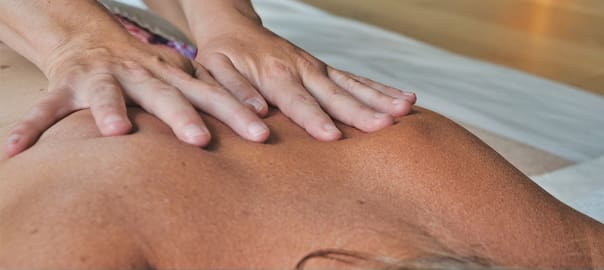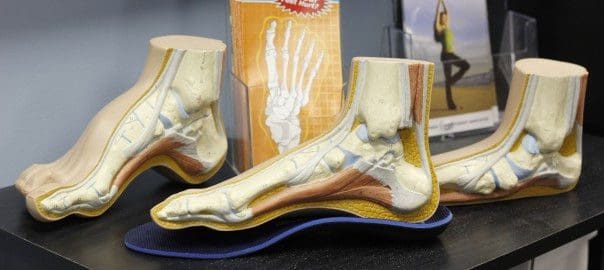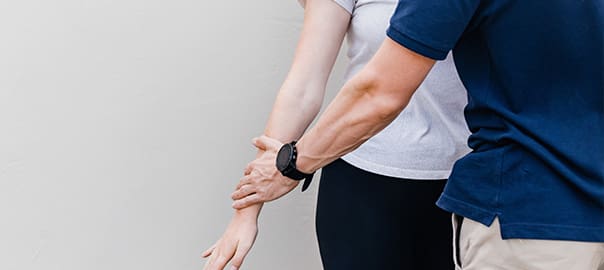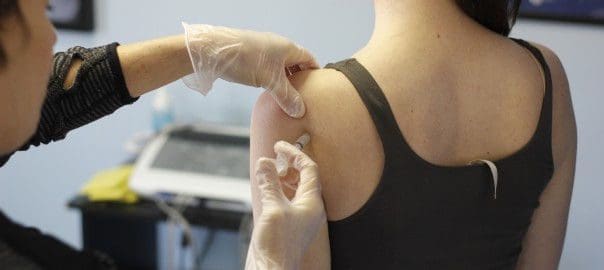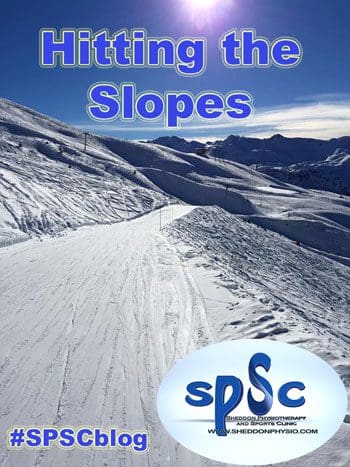

Following the first snowfall to hit the GTA and a forecast that’s predicting a very snowy winter, many are groaning and complaining…minus the avid skiers and snowboarders who are eagerly awaiting to hit the slopes. If you’re one of the many who have waited well over six months to dust off your equipment, surely you don’t want to cut your season short with an injury.
Note: Are you an athlete or a weekend warrior living in Oakville or Burlington and you know you do not perform at your peak? Check with our physiotherapists from the Oakville and Burlington physio clinics.
Who is at risk?
Research has shown that the risk of injury is higher for the following individuals:
- Snowboarders vs. skiers;
- Beginners;
- Younger participants;
- Participants who rent their equipment or use improper equipment;
- Athletes with insufficient core strength/muscle imbalances;
- Athletes with an underlying injury.
Mechanism of Injuries
- More experienced skiers sustain an injury related to jumps, while beginners sustain injuries related to falls;
- Snowboarders are 3x more likely to experience injuries related to jumps, while only 10% of injuries are related to collisions (with objects or other people);
- Skiers will likely injure their knees due to sudden changes in direction of the legs in regards to the torso;
- Skiers tend to injure their knees following these distinct mechanisms:
- The slip-catch: where the outer ski catches the inside edge, forcing the knee into internal rotation and valgus;
- Landing from a jump with most of their weight back, the skier will land with their knee extended and the boot heel will catch the snow;
- During forward falling positions when the inside edge of the ski engages the snow.
Common Injuries
While skiers and snowboarders share the slopes, they have very different injury patterns across all skill levels. Skiers will typically injure their lower body, specifically their knees, while snowboarders are more likely to injure their upper body, especially their wrists.
Knees:
Skiers are more likely to injure their knees than snowboarders do, with a prevalence rate of between 30-50%. Injuries generally occur following a traumatic event (i.e., falls, collisions, sudden changes in direction and twisting accidents). Injuries include meniscus and ligament tears (especially to the ACL and MCL), osteochondral lesions and occasional muscle strains and fractures. Overuse injuries are also common in skiers, with patellar tendinopathy being the most common.
Ankles:
Ankle injuries, such as sprains and fractures, are more common in snowboarders due to boots that do not fit properly. Skiers are less likely to have injuries to the ankle due to the higher and stiffer boot.
Skiers Thumb:
Injury to the ligaments on the inside of the thumb is common in skiers following an incident where the thumb gets caught in the strap of a ski pole or the snow.
Wrist Injuries:
20-40% of snowboarding injuries occur at the wrist, with the majority being fractures following a fall on an outstretched hand. Wearing wrist guards can significantly decrease the risk of injuries to the wrist.
Concussions:
HIgh speeds, acrobatic movements, falls and risk of collision make both skiing and snowboarding high risk sports for concussions. Studies have shown that concussions account for 20% of all ski and snowboarding injuries. While helmets prevent skull fractures and facial injuries, the research is inconclusive as to whether or not it helps in the prevention of concussions.
Prevention Strategies
- Lessons:
Lessons with a skilled instructor will dramatically reduce the risk of injury to beginners and novices.
- Education:
Research has shown that a large number of injuries are a result of poor decision making and risky behaviours, especially in younger, inexperienced athletes. Be sure to ski and snowboard within your limits, with regards to terrain, speed and experience. Cusimano et al (2012) examined whether an instructional safety video and handout could minimize the risk of injury in young, novice skiers and snowboarders. Their education video included basic information about helmet use, equipment, trail and terrain sign interpretation, and emergency procedures. The study had promising results by demonstrating that a little bit of knowledge and education goes a long way in preventing injuries.
- Conditioning:
These sports require a combination of strength, balance and endurance. Embarking on a week-long ski trip, following a year of being sedentary, will increase your chances of suffering an injury. Proper conditioning prior to the start of the ski season/trip will help prepare the appropriate muscles. Furthermore, overuse injuries can generally be prevented with proper conditioning.
- Equipment:
Ensure your equipment is safe, fits well and is appropriate for your skill level.
- Snow conditions/weather/course conditions
While these factors are out of your control, be aware of the conditions prior to skiing/snowboarding (i.e., poor visibility, technical/challenging runs, fatigue, etc.) and make smart choices as to when you should get off the slopes.
Don’t get stuck sitting in the chalet sipping hot cocoa while you heal an injury. Follow some of these tips and enjoy the slopes this winter
Cusimano et al., (2012). Evaluation of ski and snowboard injury prevention program. International Journal of Injury control and Safety Promotion.
Mayr et al., (2016). Prevention of Injuries and Overuse in Sports Directory for Physicians, Physiotherapists, Sports Scientists and Coaches.
For more info, contact Sheddon Physiotherapy and Sports Clinics in Oakville and Burlington at 905-849-4576.
We are located less than 10 min from Sheridan College Oakville and 6 min East of Oakville Place.
The Burlington physio clinic is located only 6 min north-west of Joseph Brant Hospital and 2 min south-west of Mapleview Shopping Centre, on Plains Rd East.
